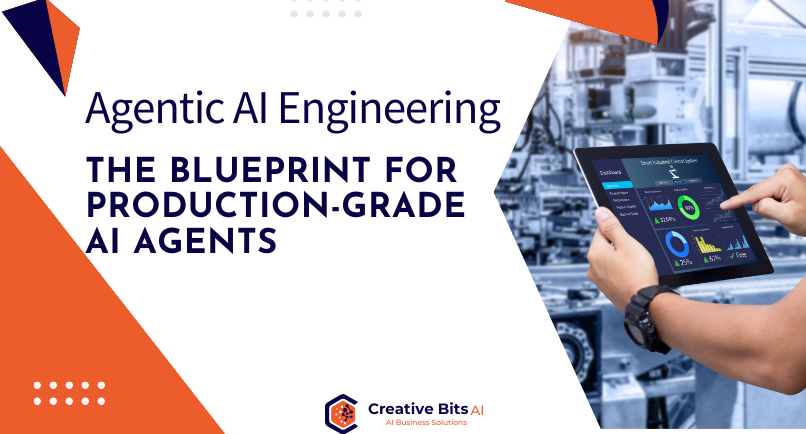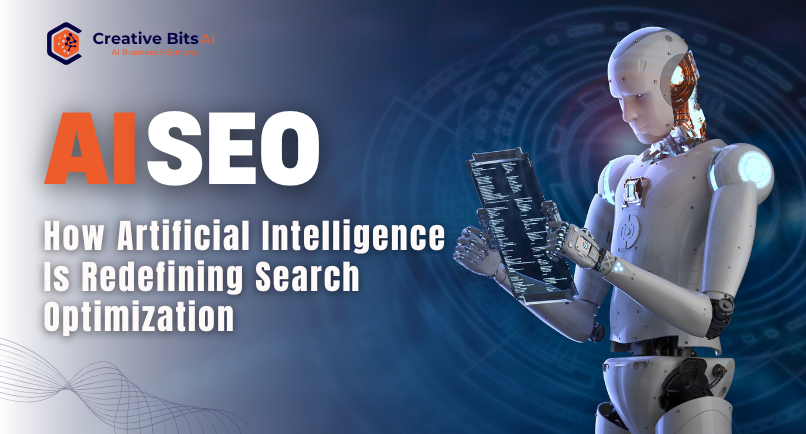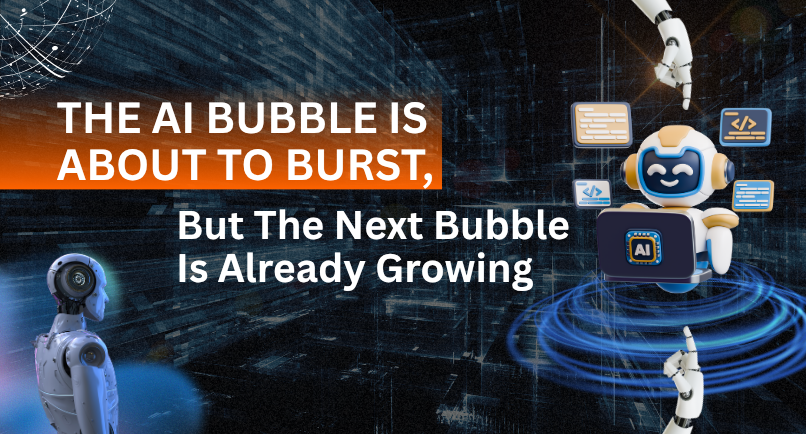Artificial Intelligence (AI) is transforming industries across the globe. From healthcare to retail and manufacturing, AI has the potential to enhance productivity, reduce costs, and improve customer experiences. However, the question remains: is your business ready to implement AI?
Not every company is prepared to integrate AI into their operations. Incorporating AI technology requires a thorough evaluation of your business’s technological, operational, and cultural readiness. Understanding these components will help ensure that your AI initiatives are successful and align with your long-term goals.
This comprehensive guide will help you assess your company’s readiness for AI and provide actionable steps to prepare for AI-driven transformation.
1. Understanding Your Current Technological Infrastructure
One of the most critical aspects of AI readiness is evaluating your company’s technological infrastructure. AI systems rely heavily on data, and to process these massive datasets, you need a robust IT infrastructure capable of handling complex computations.
For companies using legacy systems, integrating AI can be particularly challenging. These older systems cannot often process the vast amounts of data needed for AI tools to function effectively. On the other hand, businesses that have already adopted **cloud computing** are in a stronger position to integrate AI seamlessly.
For example, retail companies leveraging cloud solutions can quickly scale their infrastructure, allowing them to process large datasets and train AI models faster. These capabilities are essential for real-time analysis of customer behaviors and market trends, providing a competitive edge.
In contrast, industries like manufacturing may still rely on outdated systems that are siloed and inflexible. In these cases, modernizing IT infrastructure is the first step toward becoming AI-ready. Moving to cloud or hybrid IT architectures will enable companies to utilize AI for tasks like predictive maintenance and supply chain optimization.
2. Data Readiness: The Lifeblood of AI
Without high-quality data, AI systems cannot function properly. To ensure data readiness, businesses need to evaluate their data governance processes, ensuring that they have accurate, consistent, and accessible data.
For instance, the healthcare industry relies on AI-powered diagnostics and treatment recommendations that depend on vast amounts of patient data. If this data is disorganized or incomplete, AI algorithms may struggle to provide accurate results, leading to delayed or incorrect treatment plans.
Companies must focus on data management to improve the quality of their data. This includes investing in data cleaning processes and implementing data governance frameworks to ensure that the information used for AI projects is up-to-date and accurate.
In doing so, businesses create a strong foundation for AI to drive value, reducing the risk of project failures caused by poor data quality.
3. Cultural and Workforce Readiness: Preparing for Change
Implementing AI goes beyond technology—it also requires cultural shifts and workforce readiness. Employees might feel threatened by AI, believing it will replace their jobs. This resistance can hamper the effectiveness of AI projects.
Industries like financial services, which are increasingly using AI for fraud detection, loan approvals, and automated customer support, often face these challenges. Employees may be concerned that AI will lead to job cuts. However, the key to successful AI adoption lies in upskilling the workforce.
Companies should invest in training programs that empower employees to work alongside AI tools. By shifting workers into more strategic roles, AI becomes an enabler rather than a threat, and businesses can maintain operational harmony.
Moreover, fostering a culture of continuous learning and adaptability is crucial. Employees should view AI as a tool that enhances their work, not as a disruptive force. With the right cultural mindset, companies can ease the transition and maximize the benefits of AI adoption.
4. Setting Clear Objectives for AI Implementation
Before implementing AI, businesses need to set clear and measurable objectives. Why are you introducing AI? What problem are you trying to solve? What outcomes do you expect?
For example, a manufacturing company may aim to use AI for supply chain optimization** to reduce costs and minimize delays. Having a clear objective helps focus your AI strategy on solutions that address specific business challenges.
Without defined goals, businesses run the risk of pursuing AI initiatives that don’t deliver meaningful results. By aligning AI projects with your core business objectives, you increase the chances of achieving a strong return on investment (ROI).
5. Evaluating AI Solutions That Align with Your Business Needs
Not all AI solutions are suitable for every business. It’s essential to choose AI tools that align with your company’s needs and long-term goals. Whether you’re looking to improve customer service, automate administrative tasks, or enhance operational efficiency, the right AI solution can make a significant difference.
For instance, a company focused on customer experience might prioritize AI-powered chatbots and recommendation engines, while a business looking to optimize back-office functions could benefit from AI solutions for fraud detection, payroll automation, or data analytics.
By carefully selecting the right AI tools, businesses can ensure that AI enhances their processes and drives growth in the areas that matter most.
6. Ensuring Regulatory and Ethical Compliance
As AI becomes more integral to business operations, it’s crucial to stay compliant with regulations and ethical standards. AI can raise concerns related to data privacy, bias, and transparency. Businesses must navigate these challenges to avoid legal pitfalls and ensure ethical AI use.
For example, companies using AI to analyze customer data must ensure compliance with GDPR or other relevant data protection regulations. Failing to meet these standards can lead to significant penalties and damage to your reputation.
Additionally, it’s vital to minimize AI biases by training algorithms on diverse datasets and regularly auditing them to ensure fairness and accuracy. Ethical AI practices should be at the forefront of any AI readiness strategy.
7. Identifying Skills Gaps in Your Workforce
AI adoption often requires new skill sets. Companies should conduct an assessment to identify any skills gaps in their current workforce. For instance, your employees might need training in data analysis, machine learning, or AI programming.
Investing in upskilling or hiring AI talent ensures that your team has the capabilities to handle AI-powered operations. Whether it’s providing in-house training or working with AI consultants, closing the skills gap is a critical step toward becoming AI-ready.
8. Building Strategic Partnerships for AI Success
Successful AI implementation doesn’t have to be done in isolation. Partnering with AI vendors, consultants, or industry experts can help businesses navigate the complexities of AI adoption. These partnerships can provide you with the technical expertise needed to select, implement, and optimize AI solutions.
Moreover, working with the right AI partners can accelerate your business’s learning curve and help ensure a smooth transition into AI-driven processes.
9. Scaling AI Across Business Units
After successfully implementing AI in one part of your business, it’s important to evaluate how AI can be scaled across other departments. For example, AI tools initially used in marketing for customer segmentation can be expanded to sales for lead scoring or supply chain management for inventory optimization.
Scaling AI should be a strategic process, ensuring that each department benefits from AI-driven insights in a way that aligns with your overall business goals.
10. Preparing for Continuous AI Evolution
AI technology is constantly evolving, and businesses must stay agile to keep up. Regularly reviewing AI strategies and adapting to new advancements in AI tools and techniques will help businesses maintain their competitive edge.
AI isn’t a one-time investment—it’s an ongoing process that requires a commitment to continuous improvement.
Conclusion
Is your business ready for AI? While AI holds tremendous potential, it requires careful planning and a clear understanding of your current technological infrastructure, data quality, workforce readiness, and strategic objectives. Businesses that are truly AI-ready will see improved operational efficiency, increased customer satisfaction, and more opportunities for innovation.
By taking the steps outlined in this guide, you can assess your company’s AI readiness and embark on a successful AI journey tailored to your business needs and long-term vision.




